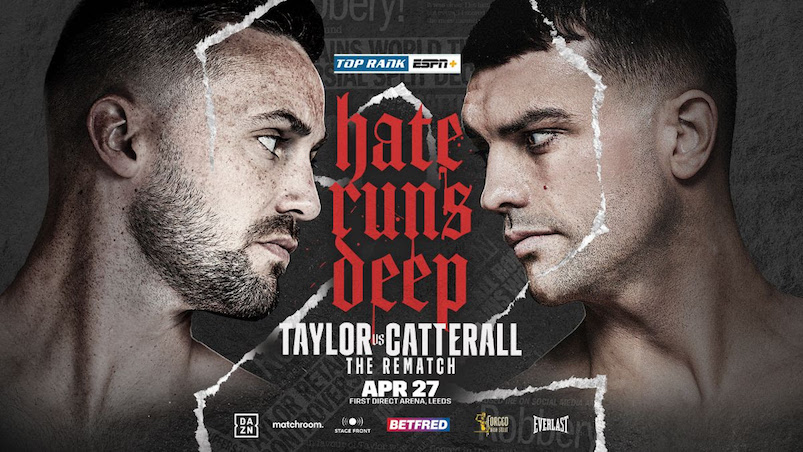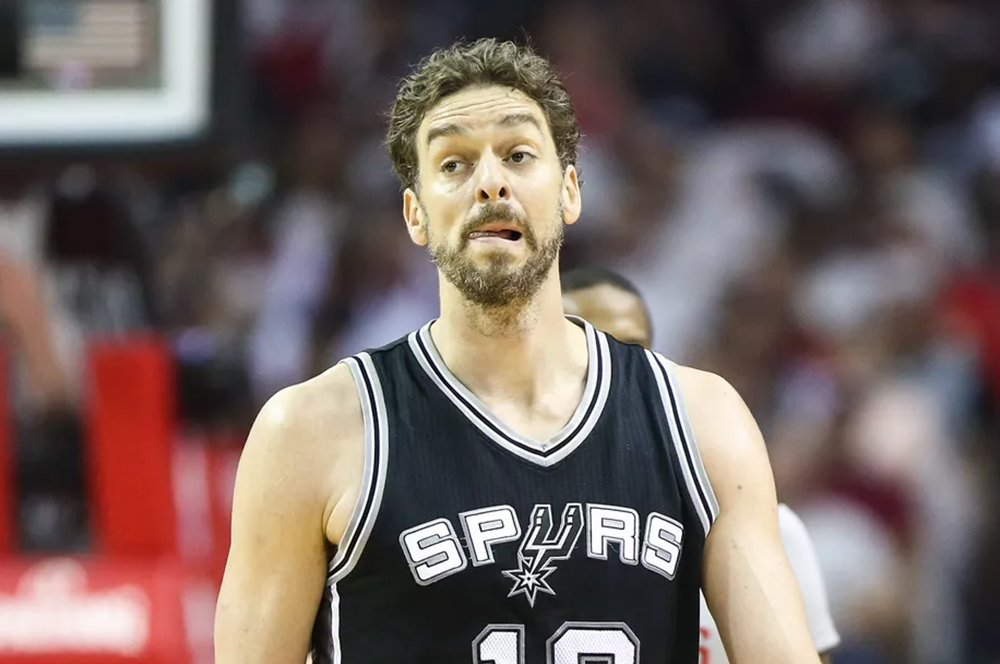Free agency proves that traditional centers don’t just matter as much anymore. Why is this the case?
More than two weeks into the 2017 NBA free agency period, nine centers have signed new contracts for a combined $145 million. Nine centers have combined to lock up a bit more guaranteed money than Jrue Holiday. Nine centers have combined to lock up $50 million less than Stephen Curry. Nine centers have combined to lock up $30 million less than Blake Griffin.
Why?
Part of the reason is that this was a particularly down season for centers — Nerlens Noel and Pau Gasol were the top options on the market entering July. A second reason the collective centers’ payday has been so pitiful is that the top options (including Noel and Gasol) have yet to sign contracts. By my assessment, only eight of the top 50 free agents were centers. Of those, only three — Kelly Olynyk, Dewayne Dedmon, and Nene — have signed deals.
Behind the slow processing of the centers this summer is the truth of the matter: centers really don’t matter that much any more. The position has been de-emphasized in the modern NBA.
The most attractive centers available are inherently less attractive because of how the game is played. Noel can’t shoot, pass, or really score. He’s an ace defender and rim protector, but he’s a totally lopsided player. Gasol, meanwhile, can pass and score, but is an entirely inflexible and doomed defender at this point in his career.
As the league moves closer and closer to positionless basketball, teams are opting for smaller big men who may not be able to block shots like Noel or post up like Gasol, but who can offer just a bit more flexibility on the court.
Olynyk is an interesting example. He’s a rugged defender — not necessarily a good defender, but he puts bodies on opponents. (Ask the folks he’s injured). He gets a modest share of steals and blocks, and he’s a pretty good passer and deep shooter. Miami will try to mold him into a great shooter to play behind and off Hassan Whiteside. Olynyk is not in any way a specialist: he’s a bit of a do-everything center who provides more, not less, flexibility to lineups because of his shooting.
That’s what’s valuable today.
Noel is good, and will make a pretty penny once Dallas gets around to signing him, or once Noel gets around to signing another team’s offer sheet. But he offers no lineup flexibility. That, and his restricted status, contribute to the slow burn of his free agency. If you’re signing Noel to a max deal (or anything close), you’d better be ready to give him 30 minutes a game. That’s 30 minutes without any scoring or shooting at one position, so you’d better have shooters elsewhere in your rotation or you are subjecting yourself to too limited an offense.
Again, what Noel does is valuable — skilled defense is perhaps still undervalued overall. But the concessions you make when you pay and play rigid archetypes are beginning to be better understood.
This isn’t to say that the best centers in the NBA are going anywhere. They are the exceptions that prove the rule. Marc Gasol and DeMarcus Cousins are excellent passers and emerging shooters. Gasol’s a defensive ace, Cousins is a star scorer from every spot inside the arc. Joel Embiid is a throwback 20-10 pivot with excellent rim protection and more joie de vivre than a New Orleans second line. DeAndre Jordan is maybe the league’s best finisher at the rim and a star defender and rebounder — surround him with passing and shooting, and it doesn’t matter that he can’t spot up or switch everything. Rudy Gobert doesn’t finish quite as consistently as Jordan, but he can switch everything.
This is what is actually surprising about Whiteside’s unlikely success: he earned a huge payday last summer as an Embiid-like throwback, an anachronistic ‘90s era center. But Whiteside was enough like Jordan on both ends — he was perhaps more DeAndre Jordan than DeAndre Jordan himself — to make it pay off for Miami.
Noel could make a huge payday work out, too: he is a skilled and swift defender, and could be as flexible on defense as he is inflexible on offense. Versatility matters on both ends, and so much of our discourse on positions and positionlessness revolves around offense. This is foolish. Ignoring the defensive ramifications of the game’s evolution ignores half the game. The ability to switch is more important every year, and if Noel can consistently switch action and chase shooters yet still recover to rebound, he will have been worth every penny.
Teams just need to understand what they’re paying for. Increasingly, it’s not just centers for the sake of having centers.
It’s a cheat to use the Warriors as proof of anything, but this point is illustrative of the broader story. Golden State has a $136 million payroll before luxury tax next season. Only $4.8 million of that — or 3.5 percent of the payroll -- is being paid to centers.
The defending and future champs don’t need centers. So why would anyone else?



